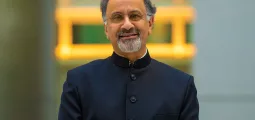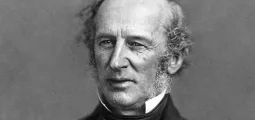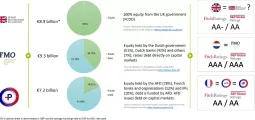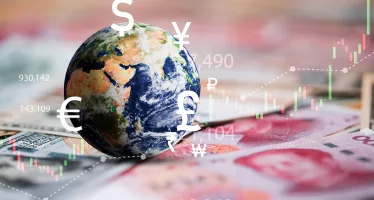Unwrapping the Global Trends in Online and High Street Shopping During the Festive Season

The Christmas season has long been synonymous with economic activity. As consumer spending peaks, both online and traditional retail channels vie for a share of the festive pie. But the dynamics of Christmas shopping have shifted dramatically in recent years, shaped by changing consumer behaviours, technological innovation, and regional variations. This analysis delves into the trends, challenges, and opportunities shaping the global Christmas shopping landscape, examining both e-commerce and high street performance in major economies.
The Shift to Online: A Digital Christmas
The Rise of E-Commerce
Online shopping continues to revolutionise festive retail. According to Statista, online holiday sales are projected to surpass $1.1 trillion in 2024, reflecting significant year-on-year growth. Key factors include mobile commerce, AI-driven recommendations, and global platforms like Amazon, Alibaba, and Flipkart.
Regional Insights: Online Shopping Hotspots
- North America: Over 60% of festive sales are now online, driven by giants like Walmart and Target.
- Europe: The UK and Germany lead e-commerce adoption, while Southern Europe favours traditional stores.
- Asia-Pacific: Platforms like JD.com and Taobao dominate, supported by integrated payment systems.
High Street Resilience: Traditional Retail in a Digital Age
The In-Store Experience
Despite e-commerce dominance, the high street retains its appeal. Festive markets in Germany and Austria, for example, attract millions of visitors annually, contributing to local economies and tourism. Meanwhile, department stores like Macy’s in the US continue to draw customers with exclusive in-store promotions.
Regional Variations in High Street Shopping
- United Kingdom: Cities like London and Manchester thrive on traditional Christmas markets and retail pop-ups.
- Asia-Pacific: Japan prioritises immersive customer service, while India’s bazaars see festive footfall surges.
Trends Shaping Christmas Shopping in 2024
Hybrid Shopping Models
Omnichannel retail blends online and offline experiences. Services like click-and-collect and virtual store tours enable greater convenience for modern shoppers.
Sustainability and Conscious Spending
Consumers are prioritising sustainable purchases, such as eco-friendly packaging, carbon-neutral delivery, and second-hand gifts. This trend, led by Millennials and Gen Z, signals a shift toward more conscious consumerism.
Inflation and Cost-of-Living Pressures
Rising costs are impacting discretionary spending. Events like Black Friday see increased engagement as shoppers seek out deals to manage budgets effectively.
The Global Economic Impact of Christmas
The festive season drives 10-15% of annual retail revenue in major economies. In the US alone, the National Retail Federation estimates holiday spending contributes over $900bn annually, supporting millions of jobs across retail, logistics, and hospitality sectors.
Conclusion: A Season of Adaptation
The economics of Christmas highlight a rapidly evolving consumer landscape. While e-commerce dominates, the high street remains vital for delivering traditional and immersive experiences. Sustainability, hybrid shopping models, and inflation pressures will continue to shape the season’s outlook. For businesses, success lies in adaptability and innovation to meet consumer expectations during this critical retail period.


















































































